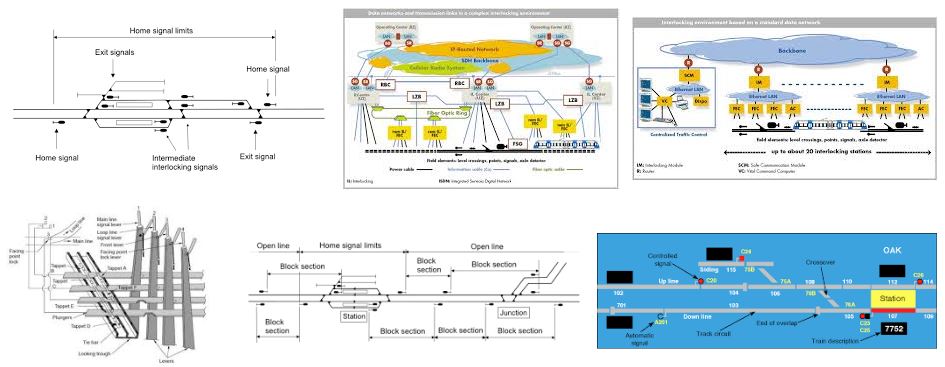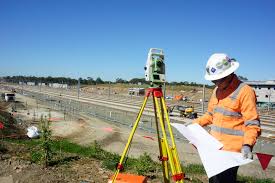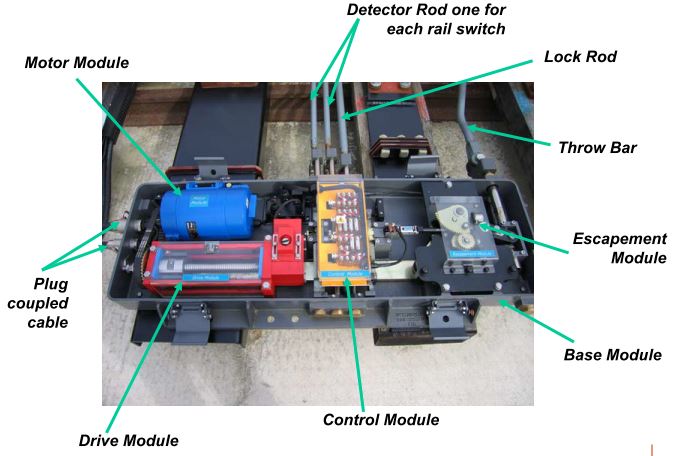Railway Signalling Principles of Interlocking and Standards
Railway Signalling Principles of Interlocking and Standards Interlocking: Means an arrangement of signals, points, and other appliances, operated from a panel or from a lever frame, so interconnected by mechanical locking or electrical locking or both that their operation must take place in the proper sequence to ensure safety. Essentials of Interlocking * It shall […]
Continue Reading




